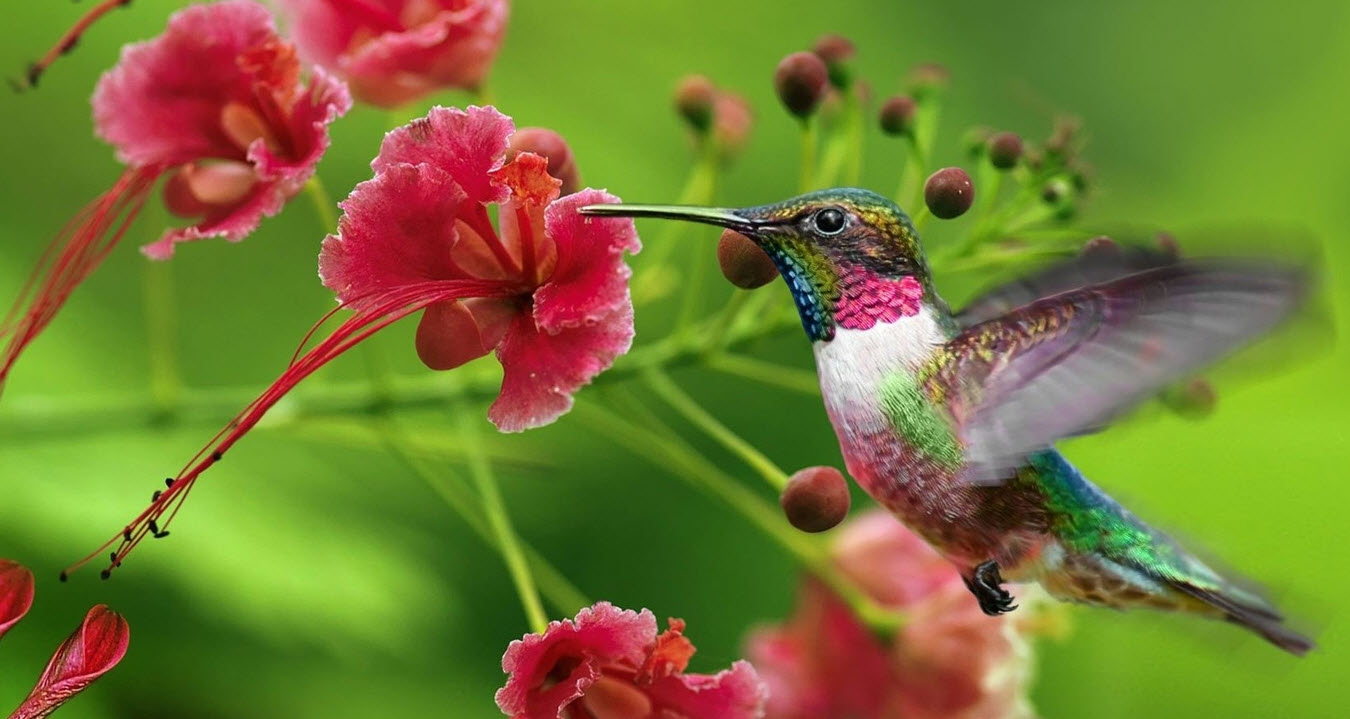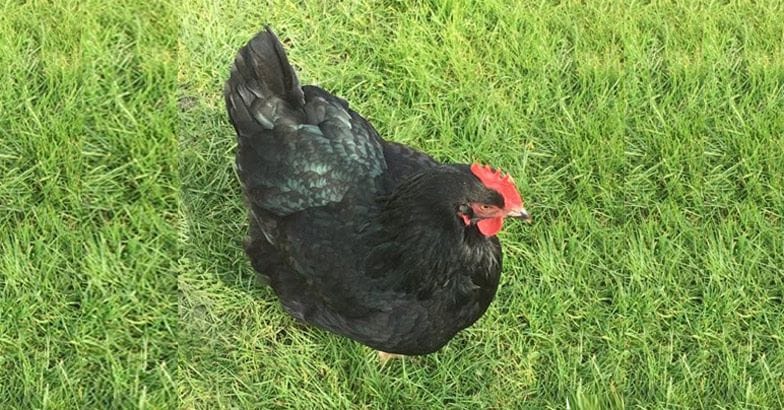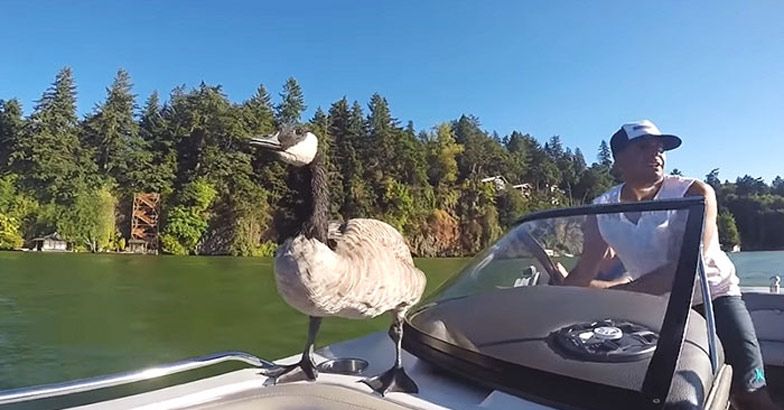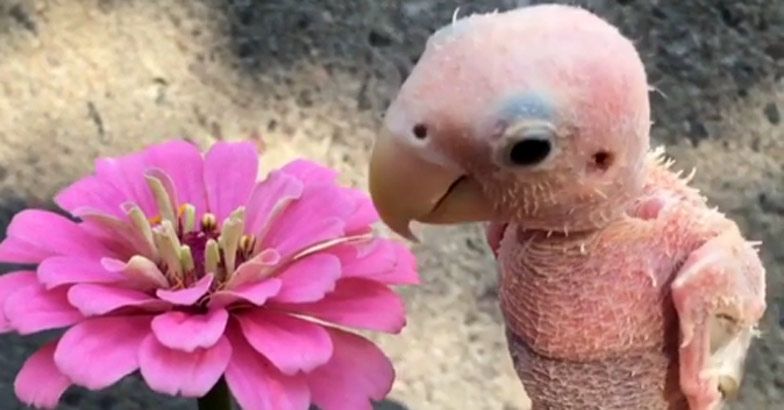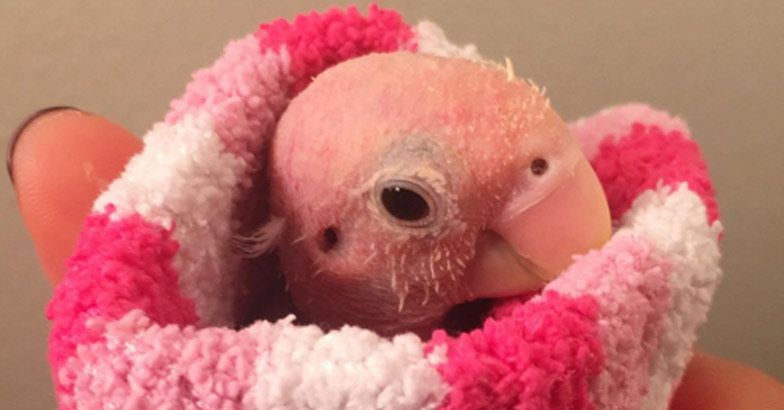It is an image that could have come straight from a parliamentary sketch writer's column. While political hawks and doves clash inside the Palace of Westminster, real hawks patrol the skies above the famous buildings to control the population of feral pigeons – which, despite the name, are actually a kind of dove.
But it is not just at the UK's Houses of Parliament that you might see a bird of prey swooping after problem birds. Hawks are also at work around the Scottish Parliament building in Edinburgh and in many other towns up and down the UK – as well as in other countries. Birds of prey have even been deployed in British seaside resorts to keep control of gull populations.
There is simple and seductive logic behind the idea of falconry for bird control. Problem birds – usually pigeons or gulls – recognise a large bird of prey as a threat. As soon as the predator takes to the skies, they scatter.
Pest control is not really seen as a particularly sexy subject
As a result, the problem birds should stay away as long as the bird of prey is flown in the area on a fairly regular basis. The falconer has modified their "landscape of fear", creating a hotspot of terror that they avoid because they associate it with a threat of predation.
Falconry has been used to keep birds away from airportsand landfill sites for decades. Presumably it is effective to some degree, or the operators at these sites would have stopped paying the falconers long ago.
But exactly how effective? The question is not easy to answer because few scientists have investigated falconry for pest control.
Lesser black-backed bulls (Larus fuscus), European herring gulls (L. argentatus), black-headed gulls (L. ridibundus) on landfill (Credit: Terry Whittaker/2020VISION/naturepl.com)
"To some extent pest control is not really seen as a particularly sexy subject. It can get overlooked a little," says Aonghais Cook at the British Trust for Ornithology in Thetford, Norfolk.
In a study published in 2008 while he was at Newcastle University, Cook and his colleagues explored the subject. They investigated whether falconry and other pest control measures changed the behaviour of nuisance gulls at six landfill sites across the UK.
Falconry could be effective indefinitely, as long as there is enough money to pay the falconer to return on a regular basis
His observations suggest falconry can have a useful impact, and that it may be a better long-term deterrent than some other anti-gull strategies.
Pest controllers use many gull deterrents at landfill sites, from crude methods like fireworks to more sophisticated approaches like playing seagull distress calls through loudspeakers. These methods might work for a while, but Cook and his colleagues found that over a few weeks the birds gradually realised that the threats were hollow and learned to ignore them.
But the pest birds cannot ignore a bird of prey. "A large falcon or hawk scares the birds off and keeps them off," says Cook.
In some cases, Cook found that the number of gulls on site was lower after a hawk had been used for several weeks than it was during the first few days following the introduction of the hawk. To put it another way, the predatory bird became a more effective threat with time.
In principle, it is possible that falconry could be effective indefinitely, as long as there is enough money to pay the falconer to return on a regular basis.
An Egyptian goose (Alopochen aegyptiacus) (Credit: Rod Williams/naturepl.com)
Alex Atkins of the University of Cape Town in South Africa has come to similar conclusions.
On South Africa's golf courses it is Egyptian geese that are the problem. Some golf course managers pay falconers to trundle around the fairways on golf buggies, flying Harris's hawks that spook the geese.
Falconry on its own is unlikely in most cases to solve the problem
Atkins and his colleagues decided to examine whether the approach discourages geese from lingering on the links by monitoring geese at a golf course before and during a nine-week period in which falconry was introduced. Shortly after the falconry began, goose numbers fell by about 80%, and they remained low for the rest of the monitoring period.
"We found that the presence of an avian predator was effective enough to maintain low numbers of geese on the course, provided the falconry treatment was consistent and occurred once per week," says Atkins.
The hawks occasionally caught and killed a goose, he says. This might have kept the other geese alive to the threat and prevented them from habituating to the presence of the hawks.
So the science, what little of it there is, seems to suggest that falconry works. You might well expect professional pest controllers to thoroughly endorse this conclusion. But in fact they can be far more cautious.
A Harris's hawk in Trafalgar Square, London in 2009 (Credit: EPA European Pressphoto Agency B.V./Alamy)
"Falconry on its own is unlikely in most cases to solve the problem," says David Van Vynck of Van Vynck Environmentalin Tilbury, UK, who has been in the pest control business since the 1980s.
If the hawk is not there, it has no effect
His company uses a variety of pigeon control strategies. These include falconry, but Van Vynck says the birds of prey are generally only used to deter pigeons from roosting on a given building.
"We fly a Harris's hawk an hour before the pigeons wake up naturally," says Van Vynck. "Do that for about 10 days, and by the end the pigeons are so fed up about being disturbed that they'll find somewhere else to roost."
However, in other situations – particularly when it comes to discouraging pigeons from amassing in a town centre during the day – hawks are far less likely to have a long-term impact, says Van Vynck.
"People sometimes assume that hawks leave behind a scent that will deter the pigeons and keep them away," he says. "Nothing could be further from [the] truth. If the hawk is not there, it has no effect."
When the hawk vanishes, it makes sense for the pigeons to return
When a falconer flies a hawk in a town centre, the pigeons in the area might well scatter. Just as the theory suggests, the hawk is seen as a threat and encourages the pigeons to fly away.
But within a few hours of the hawk leaving the area, the pigeons may well start to return. "You've not achieved any residual effect from what you're doing," says Van Vynck.
Oddly enough, it is probably another danger that lures the pigeons back, says ecologist Matthew Kauffman of the University of Wyoming in Laramie: not the threat of a predator, but the threat of starvation.
Pigeons (Columba livia) at the Houses of Parliament (Credit: Sam Hobson/naturepl.com)
Often, pigeons congregate in city centres because they have identified the urban jungle as a great place to forage for food. One of their biggest sources of nourishment is the waste discarded by people passing through the city.
In 1995, wolves were successfully reintroduced to Yellowstone National Park in the western US
A hungry pigeon is always looking for places where both the risk of predation and the risk of starvation are acceptably low. The sudden appearance of a hawk is enough to encourage most pigeons to look elsewhere.
But when the hawk vanishes, it makes sense for the pigeons to return.


